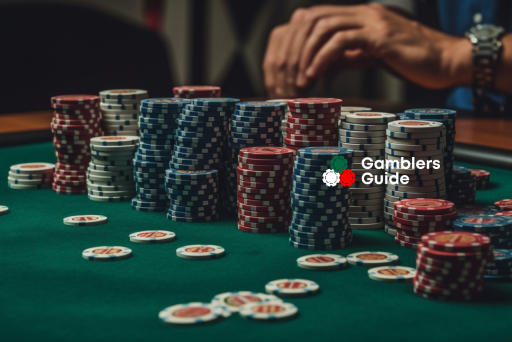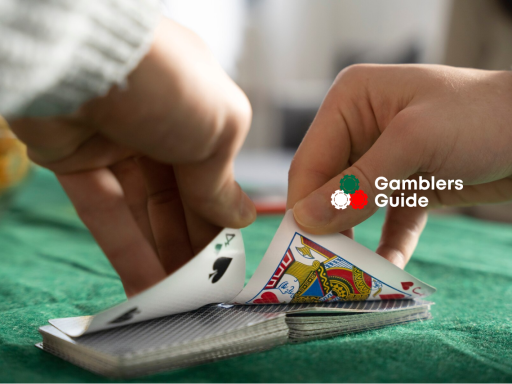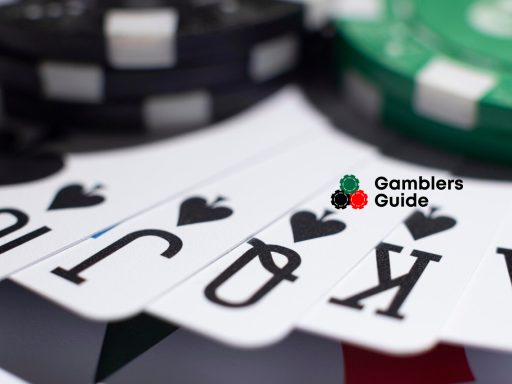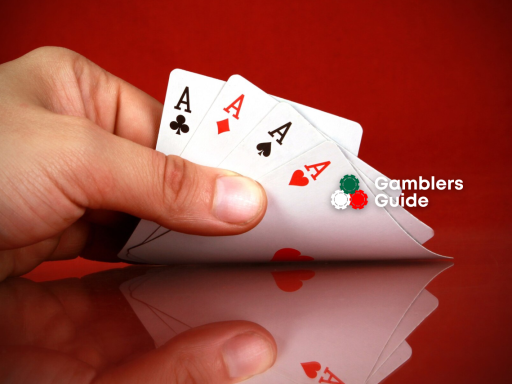A straddle in poker is a concept where a voluntary blind bet is made preflop before the cards are dealt, and it most often occurs to the left of the big blind. The first player to act in this situation is the one to the left of the straddle, and the one entering the straddle acts last. Sometimes, more than one player decides to contribute to the straddle, and in such cases, a double straddle becomes available, and even a triple straddle until the straddle reaches the button. There is usually a limit of no more than three, as each subsequent straddle doubles the previous bet.
This concept is rarely practiced in online games and is much more common in live tournaments. Only a few platforms allow players to utilize this option.
What Is a Straddle?
In essence, a straddle is an additional bet in a poker game that increases the size of the pot. Bets can range from $1 to $16 with just three straddles. A straddle usually equals twice the amount of the big blind and is always made before the cards are dealt. Since this bet is optional, it is not a mandatory condition of the game, but it allows a player to act last in the pre-flop, which has certain advantages. In the subsequent rounds, the game becomes more aggressive and dynamic, often serving as a reason why players take advantage of this option. Due to its technical nature, straddling is only possible in cash games, as it is not allowed in standard poker tournaments. However, even in cash games, straddling is not uniform everywhere, and rules may vary.
Types of Straddle in Poker
A classic straddle is most commonly practiced in Texas Hold’em and Omaha, games where players use shared cards. The bet is made before the cards are dealt. A bet is occasionally allowed after the deal but only if players have not seen their cards. After the game begins, the player who placed the straddle can choose options like check, fold, or raise. Subsequently, once the flop occurs, the game proceeds as usual and does not affect the card dealing process. It may sound complicated, but it does not complicate the gameplay. On the other hand, players may come up with new strategic moves to keep the game exciting, especially if they are experienced and seek new thrills. Thus, a classic straddle has evolved into various variations created by players who tirelessly strive to act and are willing to risk any amount.
Typical Game Scenarios with a Straddle
Sooner or later, straddlers stop. They either go all-in and risk all their money or build a stack, trying to play more cautiously or even take the winnings and exit the game. Therefore, the tendency to use this option has limited time frames.
- Under-the-Gun Straddle. A single player makes the straddle bet before the cards are dealt.
- Mississippi Straddle. Other participants, except those in the big or small blind positions, can join the straddle. A variation of this scenario is the Button Straddle, where the action starts with the Under The Gun player or the one with the small blind.
- Un-Capped Straddle. The 2x BB rule ceases to apply, and players make unlimited bets, as much as they can afford financially.
- Sleeper Straddle. The straddle becomes active when a player wants to make such a bet, but when it’s not their turn, they can make a sleeper straddle. It becomes active when UTG folds.
Advantages of Straddle in Poker
Advantages through straddling can be gained only if all players disperse, essentially putting everyone in equal conditions. The main reason to take such risks is intense emotions and dynamic gameplay. For instance, it works well when conservative players gather around the table. Such bets allow taking advantage of players’ reluctance to join a large pot. It can also provide a positional advantage, acting last in the pre-flop, allowing more information gathering before making decisions.
It’s also a powerful psychological tactic to influence other players. A straddler can encourage others to make impulsive or ineffective decisions by creating confusion and additional pressure.
Such a move is often simply a way to diversify the gameplay and add dynamics, excitement, and intensity, especially when players are experienced and seek new thrills. Moreover, if you have a strong hand and other players are loose-passive, it can lead to a larger pot in a shorter time.
Drawbacks of Straddle in Poker
The drawbacks of such a game are quite evident, as it always involves blind investments and is a much riskier play. Typically, players try to “recoup their investments” and start acting more aggressively, even when it is no longer practical, resulting in more significant losses than they could have incurred.
What to Do?
Playing with a straddle makes the game shorter and more dynamic, requiring you to adapt your strategy accordingly. The main change is that the stack in relation to the blinds becomes smaller, making suited connectors and the lowest pairs less valuable. Instead, pairs like KQ, AJ, and KJ become more valuable. A loose player usually makes the straddle; you can raise them with a strong range. Making strong value bets can give you an advantage.






